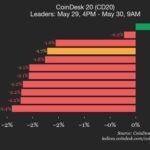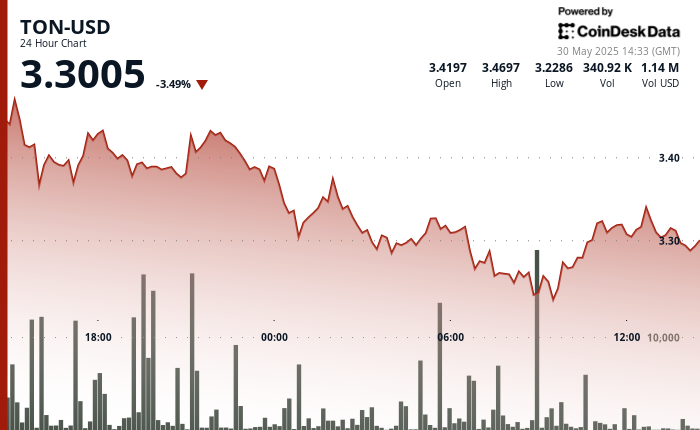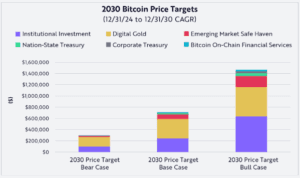
Bitcoin ETFs Attract $9 Billion in Investments as Interest in Gold Declines
Reasons to Have Confidence
A rigorous editorial guideline prioritizing precision, relevance, and neutrality
Developed by specialists in the field and thoroughly vetted
Adhering to the utmost standards in journalism and publishing
A rigorous editorial guideline prioritizing precision, relevance, and neutrality
Morbi pretium leo et nisl aliquam mollis. Quisque arcu lorem, ultricies quis pellentesque nec, ullamcorper eu odio.
The latest developments in the Bitcoin ETFs sector indicate a notable change in investor behavior, with capital increasingly directed towards BTC exchange-traded funds while outflows are present in gold-backed counterparts.
Bitcoin ETFs as a Leading Safe Investment
Recent data suggests that Bitcoin ETFs in the US have garnered over $9 billion in new investments within the last five weeks, largely attributed to BlackRock Inc.’s iShares Bitcoin Trust ETF (IBIT). Conversely, gold-backed funds have faced withdrawals totaling more than $2.8 billion during the same period.
Additional Insights
This trend in investor activity comes as a decrease in trade conflicts has reduced the appeal of traditional safe havens such as gold. Bitcoin, meanwhile, is gaining traction as a reliable alternative for value preservation amid rising concerns regarding US economic stability.
Additionally, the leading cryptocurrency reached an unprecedented value of $111,980, supported by positive regulatory news and increasing macroeconomic unease.
Despite gold showing a rise of over 25% this year, it has dipped from its recent highs, currently trading about $190 shy of its peak value.
Advantages of BTC over Gold
Experts indicate that the movement towards Bitcoin ETFs reflects a growing recognition of the cryptocurrency as a legitimate protective asset within investment portfolios.
Christopher Wood, a global equity strategist at Jefferies, expressed his positive outlook for both gold and Bitcoin, highlighting their utility as safeguards against currency devaluation in G7 nations.
Nonetheless, critics maintain that Bitcoin’s infamous price volatility casts doubt on its status as a true safe investment. Historical events showcasing macroeconomic disruptions have often seen Bitcoin plummet alongside other riskier assets. Nevertheless, some analysts argue that Bitcoin’s decentralized structure provides it with advantages over gold, especially during periods marked by financial instability.
Geoff Kendrick, Standard Chartered’s global head of digital assets research, pointed out Bitcoin’s unique role as a safeguard against both corporate failures, as evidenced by the 2023 collapse of Silicon Valley Bank, and government-related risks, including questions surrounding US Treasury stability.
Kendrick noted that the recent challenges posed to the Federal Reserve’s (Fed) autonomy, as well as escalating tariff issues and overall worries about US policy reliability, further enhance Bitcoin’s attractiveness.
Additional Insights
Beyond these factors, Bitcoin seems to be moving away from its prior association with being merely a speculative asset tied to technology. Dilin Wu, a research strategist at Pepperstone, mentioned that the correlation of Bitcoin with major stock indices like the Nasdaq, as well as the dollar and gold, has notably diminished.
Amid mounting fiscal pressures, discussions surrounding these assets have become more prominent. Moody’s recently downgraded the US from its previous top-tier credit rating, citing worries over escalating deficits and national indebtedness.
This downgrade aligns the US with other ratings agencies such as Fitch and S&P Global, which have already classified the country below the highest tier.
Despite Bitcoin’s increasing allure, gold still outperforms on a year-to-date basis, with approximately 25% gains compared to Bitcoin’s roughly 15% increase.
Source image from DALL-E, chart from TradingView.com



















Post Comment